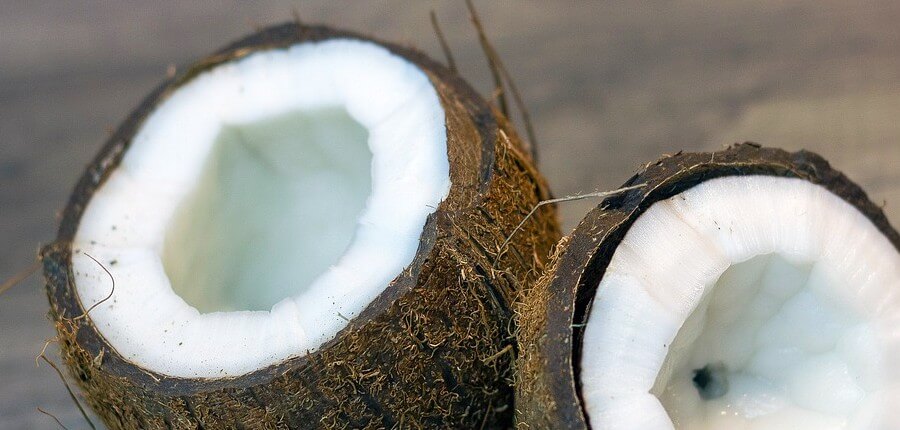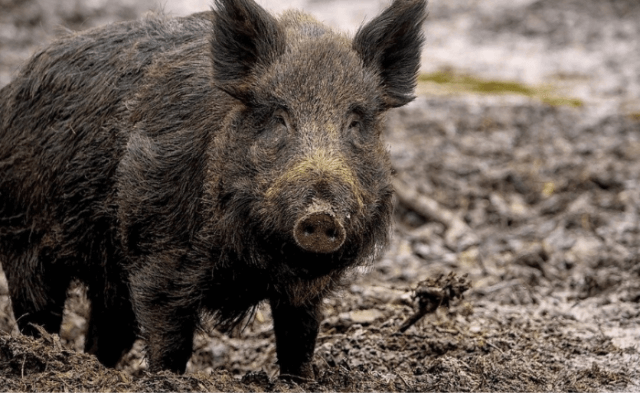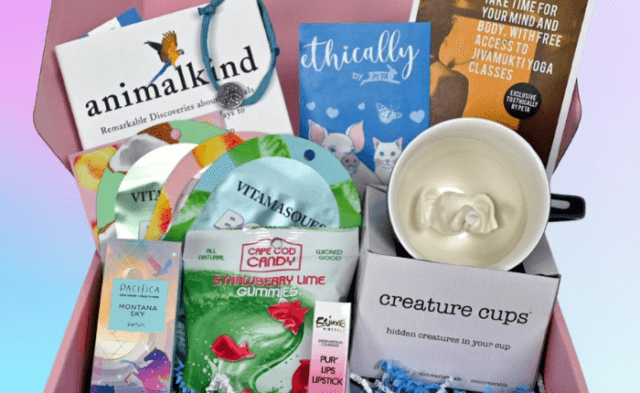- Apple Leather
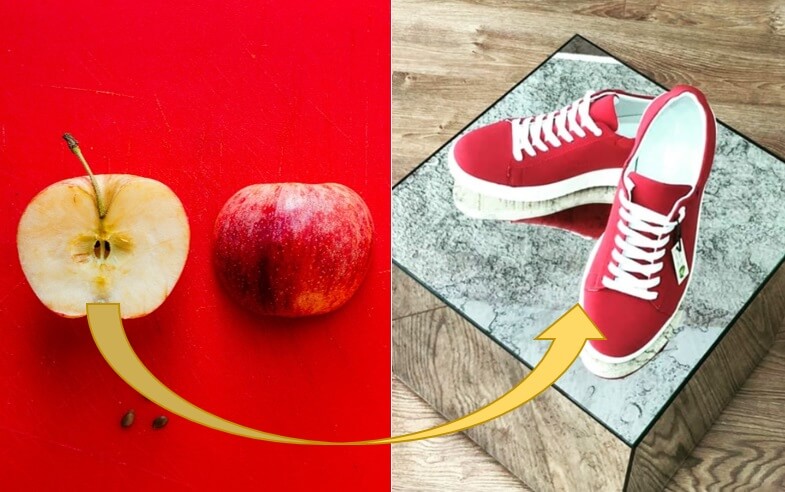
Conveniently enough, the name of the company that produces this exciting new material is called AppleLeather. It makes apple leather from leftover pomace and peel from the fruit juice and compote industry. The material is an innovative and environmentally friendly substitute for animal leather.
Bite into its story here.
2. Mango Leather
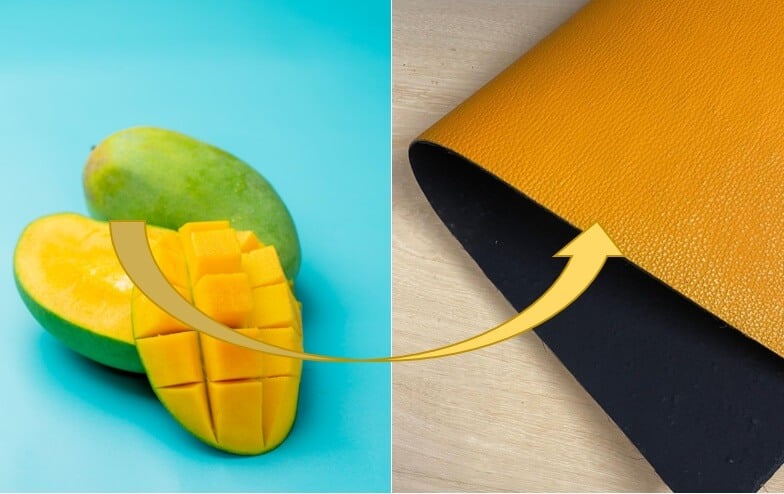
Fruitleather Rotterdam found a wonderful and sustainable way to create vegan leather. It converts leftover mango fruit into leather-like material, bringing an eco- and animal-friendly product to the market.
(Man)go to its website here.
3. Grape Leather
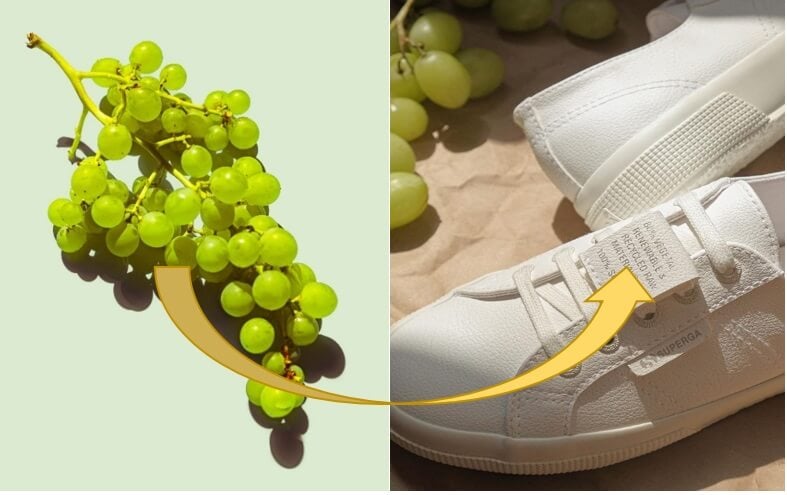
VEGEA develops plant-based alternatives to fully synthetic oil-derived materials for fashion, furniture, packaging, automotive, and transportation. In particular, together with Italian wineries, VEGEA has developed a leather alternative made out of wine waste (grape leftovers from wine production). The name VEGEA comes from the combination of VEG (vegan) and GEA (Mother Earth), aiming to identify the next generation of alternatives to totally oil-based and animal-derived materials. VEGEA offers differing technical and aesthetic properties, such as thickness, finishing, and texture.
Wine not check out its website here?
4. Coconut Leather
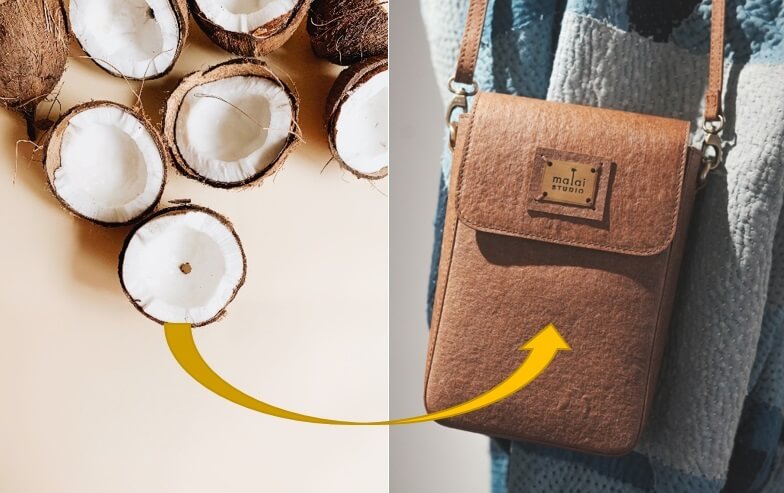
Malai Biomaterials was founded by two designers in Kerala, India, who observed firsthand the amount of polluting waste produced by the coconut industry.
Bacterial cellulose grown on waste from the coconut-processing industry in India was discovered, with potential for transforming aspects of the material landscape and with applications in fashion, product design, architecture, and interiors.
Mature coconuts are picked so that the flesh can be harvested. The coconut water is collected, filtered, sterilized, and fed to a specific strain of bacteria. These bacteria ferment and excrete a mat composed of nano-sized bacterial cellulose fibers. This is then enriched with fibers from banana stems, hemp, and sisal to create sheets that can be dyed using natural plant-based dyes and then finally dewatered and dried.
The small production unit employing and training local people in the art of making Malai will inform the concept of decentralized manufacturing, which would be able to harness local resources and give employment to people in rural areas.
CocoNOT see yourself without this innovative material? See more here.
5. Pineapple Leather
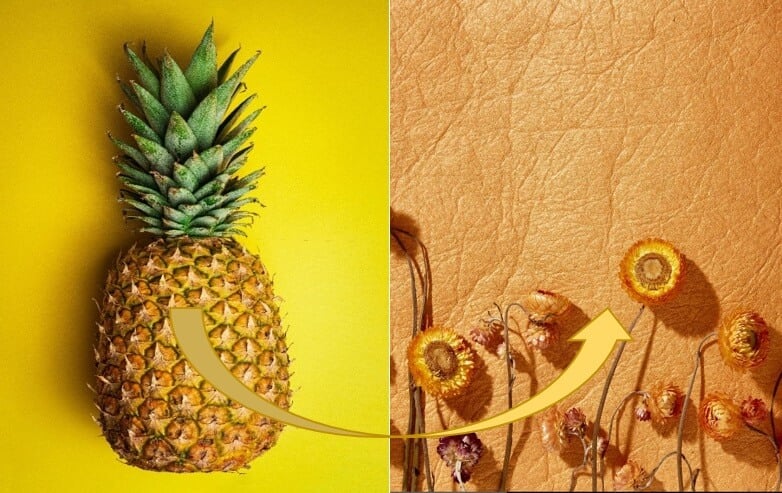
Ananas Anam produces Piñatex, made of fiber from the waste leaves of the pineapple plant. These leaves are a byproduct of existing pineapple harvests, so obtaining the raw material requires no additional environmental resources.
Sounds ananaszing, right? See its website here.
6. Cactus Leather
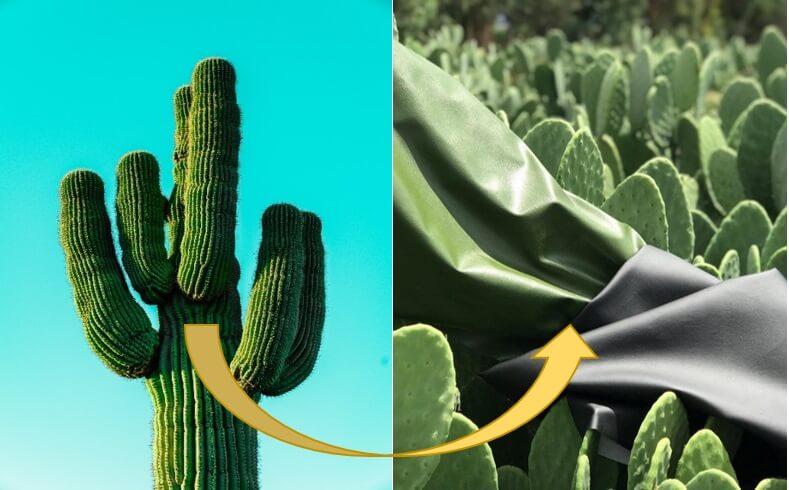
Adriano Di Marti S.A. de C.V. produces Desserto—a highly sustainable, plant-based leather made from cactus. This material is distinguished by its softness, excellent performance for a wide variety of uses, and compliance with the most rigorous quality and environmental standards.
Give leather a prickly goodbye here.
7. Corn Leather
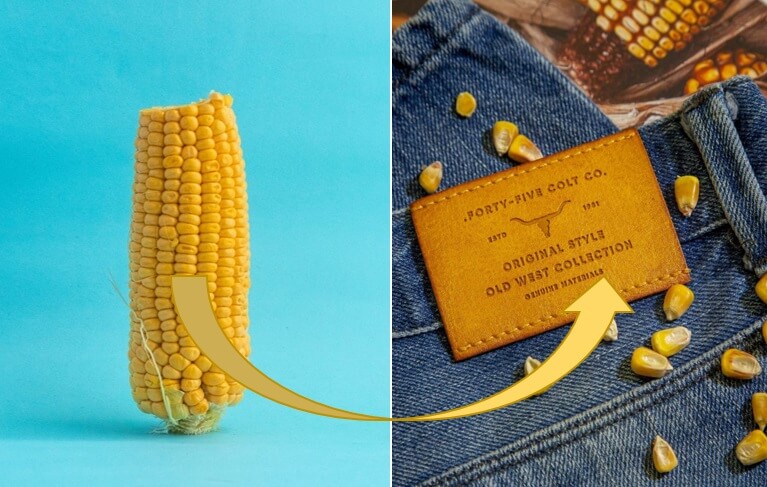
Panama Trimmings offers the only polyurethane made with renewable resources, called Viridis. It contains 43% polyols from non-GMO corn grown for industrial end-use and processed into ethanol and its byproducts. The company creates everything from labels to products and all types of surface finishes. Viridis really has it all.
Can’t corntain your excitement? See more here.
8. Mushroom Leather
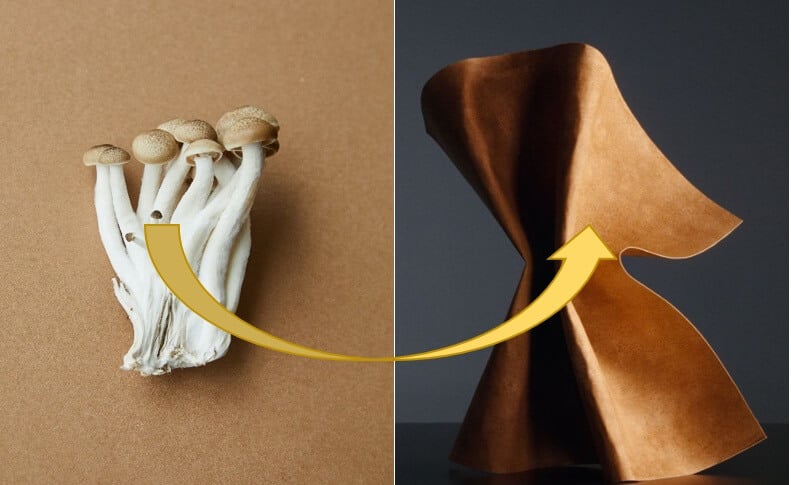
MycoWorks is a biotechnology company founded by artists with a mission to create a platform for the highest-quality materials using mycelium. Its proprietary Fine Mycelium platform has enabled a new class of premium, cutting-edge, non-animal materials.
Give fungi a chance here.

